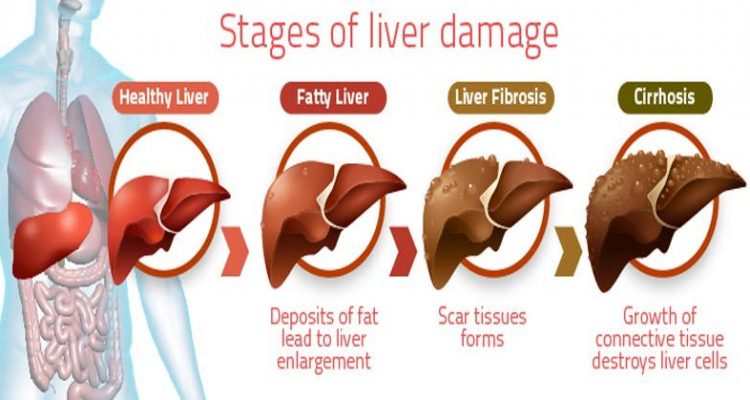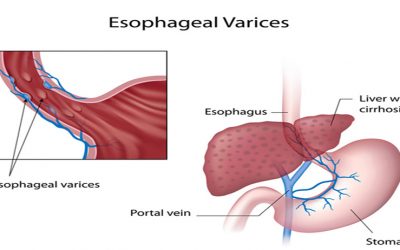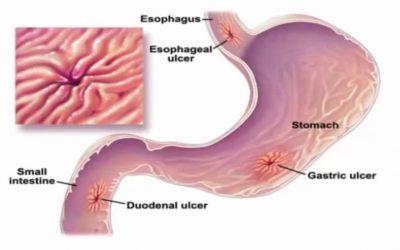
Cirrhosis is a late stage of scarring (fibrosis) of the liver caused by many forms of liver diseases and conditions, such as hepatitis and chronic alcoholism. The liver carries out several necessary functions, including detoxifying harmful substances in your body, cleaning your blood and making vital nutrients.
Cirrhosis occurs in response to damage to your liver. Each time your liver is injured, it tries to repair itself. In the process, scar tissue forms. As cirrhosis progresses, more and more scar tissue forms, making it difficult for the liver to function.
Decompensated cirrhosis is the term used to describe the development of specific complications resulting from the changes brought on by cirrhosis. Decompensated cirrhosis is life-threatening.
The liver damage done by cirrhosis generally can’t be undone. But if liver cirrhosis is diagnosed early and the cause is treated, further damage can be limited and, rarely, reversed.
Symptoms
Cirrhosis often has no signs or symptoms until liver damage is extensive. When signs and symptoms do occur, they may include:
⦁ Fatigue
⦁ Bleeding easily
⦁ Bruising easily
⦁ Itchy skin
⦁ Yellow discoloration in the skin and eyes (jaundice)
⦁ Fluid accumulation in your abdomen (ascites)
⦁ Loss of appetite
⦁ Nausea
⦁ Swelling in your legs
⦁ Weight loss
⦁ Confusion, drowsiness and slurred speech (hepatic encephalopathy)
⦁ Spiderlike blood vessels on your skin
⦁ Redness in the palms of the hands
⦁ Testicular atrophy in men
⦁ Breast enlargement in men
When to see a doctor
Make an appointment with your doctor if you have any of the signs or symptoms listed above.
Examination:
The examination should be done by a diagnostic endoscope with a sample.







